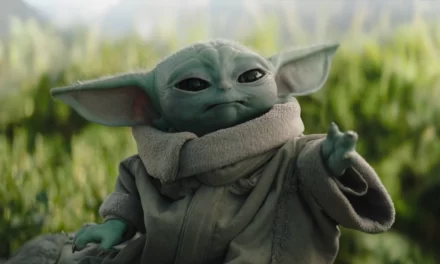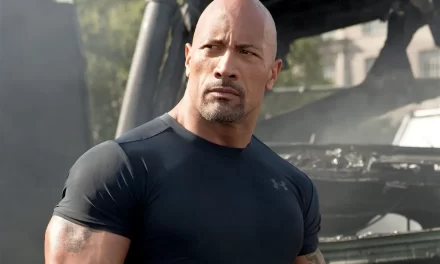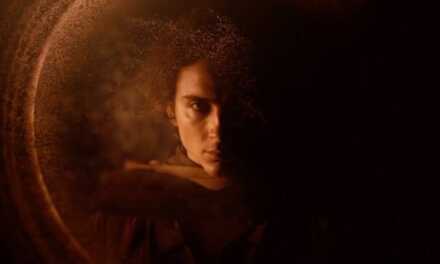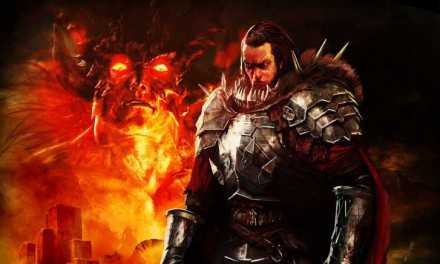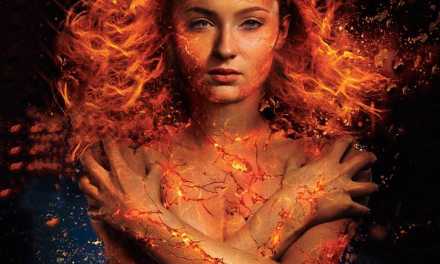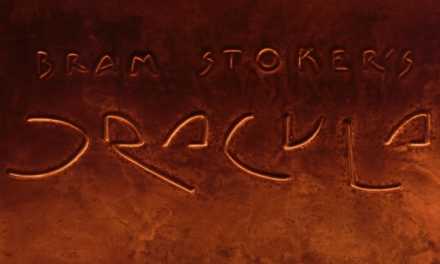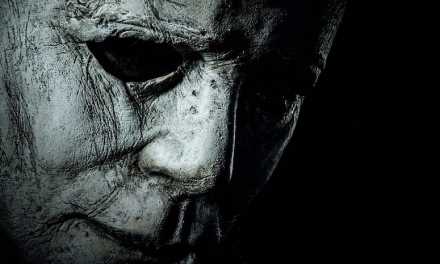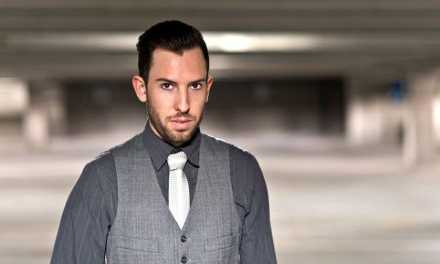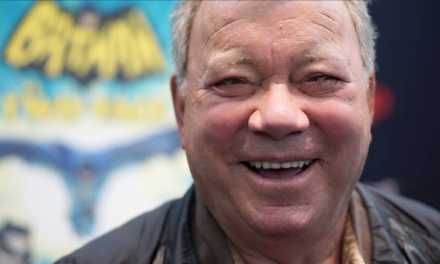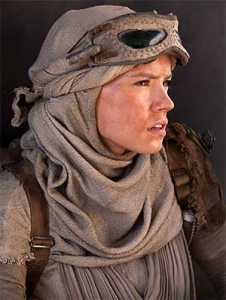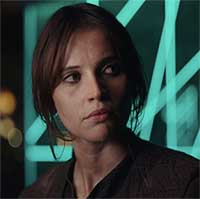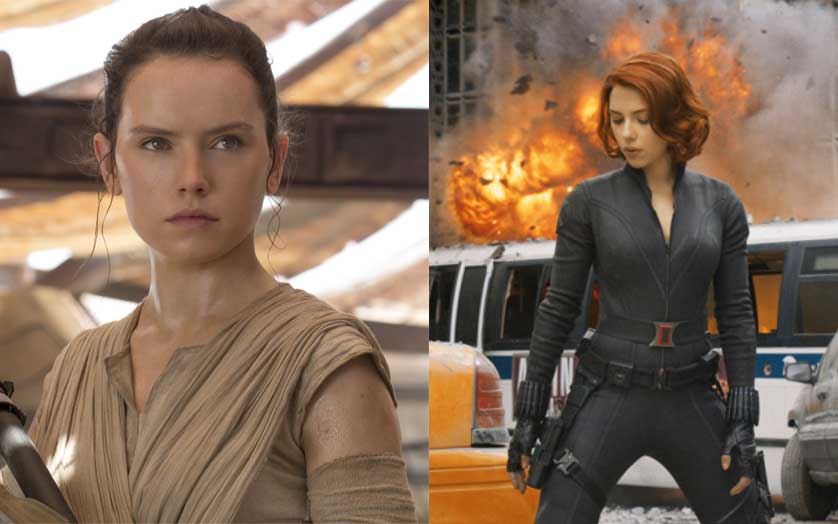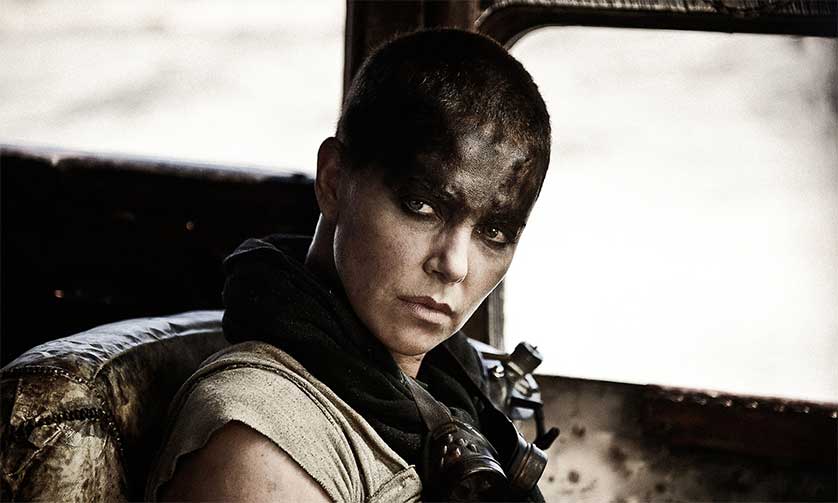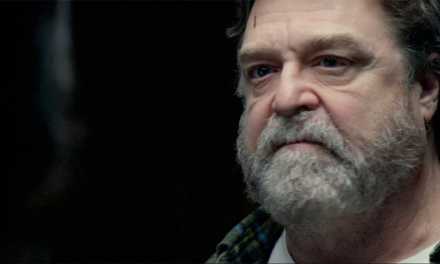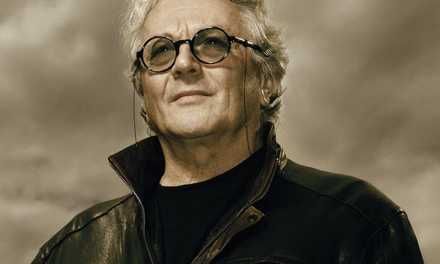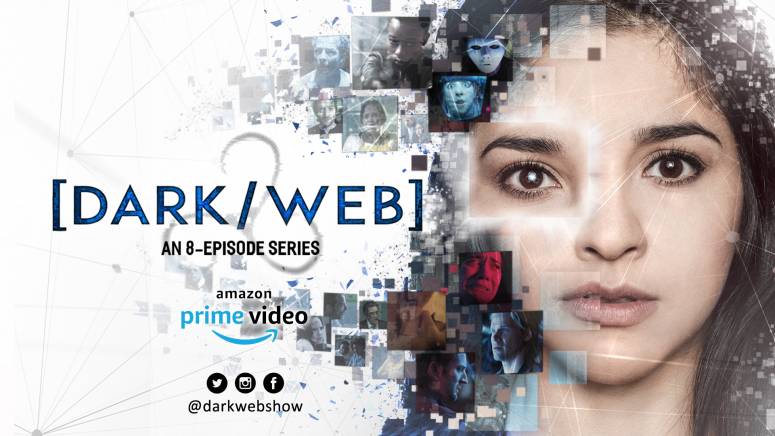
Why the Star Wars Female Agenda is What Film Needs
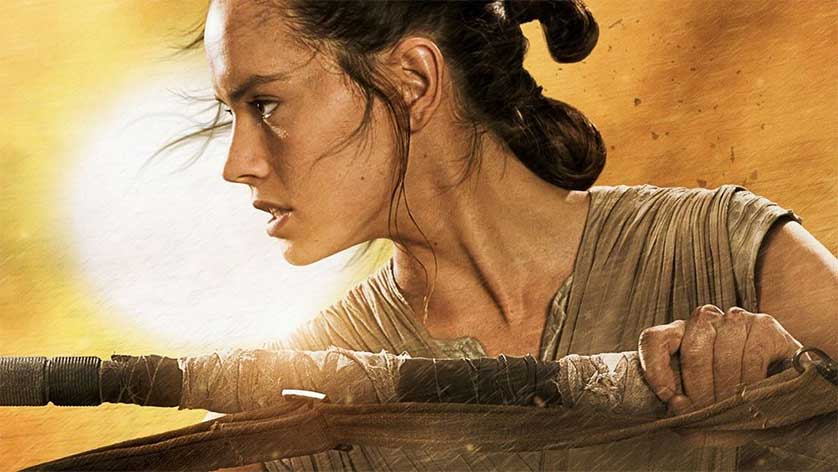
“Star Wars” is pushing women into heroic leading roles; here’s why it’s a great thing!
With the term “Disney Princess” being a staple in the franchise, you wouldn’t think that the company would be pushing a counter persona. But since acquiring “Star Wars” from Lucasfilm, Disney surprised us with Star Wars: Episode VII The Force Awakens and having the hero of the film be a woman, not a man as expected.
Regardless of any preconceived notions, Disney proved that Rey is an accepted character in the franchise. Now with their second film (Rogue One) slated for later this year, we find another woman as the lead hero. But while there are a some that relegate this feminine casting to an “agenda,” Disney’s “Star Wars agenda” has become the best form of progress for women in film.
The key to this progress has not been a stance for women but instead gender neutrality. These “Star Wars” leading ladies are different than your average female hero or superhero. From their actions, to their attire, to even their names, they leave gender out of their characters’ personas.
Both Rey and Jyn have a few traits in common that position them to be these types of unisex heroes. First, and the most obvious, is their names. “Jyn” and “Rey” play to ambiguity through both their spelling and their phonetic pronunciation. The names themselves are not commonly used in our culture but this style of name is a standard in the “Star Wars” universe for both men and women. Their obscurity provides gender anonymity when both seen and heard.
The other apparent trait is their attire. Jyn and Rey both wear neutral clothing not focused on sexual aesthetics. While Daisy Ridley and Felicity Jones both are very attractive people, “Star Wars” does not accentuate their features of beauty with impractical attire. What they wear is functional and adapted to their environment. Rey wears attire that matches the desert setting on Jakku in both color and material. Jyn follows the same fashion trend mainly wearing a jumpsuit similar to other Rebels and other attire that falls into the realm of unisex.
Accompanying their practical attire are other practical means of appearance. Instead of being made up like they just came out of the salon, both characters maintain their femininity but do not make it a focal point. This is going against the norm for the female hero. We commonly see women presented on screen in tight, form-fitting attire with hair and makeup that looks like they’re ready for the red carpet. While this look may be relevant for a role that centers around sexuality and/or appearance, it takes away from where the focus should lie. As heroes they should be battle-worn and have a look that speaks to their abilities. When Rey wields her lightsaber taking down Kylo Ren she doesn’t have a close up of her pouty lips or perfectly made up face. But a character like Black Widow gets that particular close up in her skin-tight attire showing off her figure. She may have been going toe-to-toe with Chitauri aliens but her appearance says otherwise; not having a hair out of place or an ounce of perspiration on her body.
The final aspect that makes Jyn and Rey unique is their personality. While we don’t know much about Jyn, we do know that she is independent, rebellious, and can handle her own as seen in the trailer for “Rogue One.” On the other hand we do know Rey and can identify those same traits with her character with more supplemental story to back those traits. Rey has her moments of vulnerability but nothing due to her gender. Isolation is a burden on her heart but it’s also hardened her character into someone who is used to being alone. Even when we see Finn constantly trying to protect her she almost mocks him for his arrogance of not realizing he is the one in need of help. Throughout the film she makes it apparent that she is not the damsel in distress even when you would think she would need to be rescued. This is a far leap from the original “Star Wars” film which initiated its story with a classic “rescue the princess” theme. Even though Leia proved she could hold her own, she still had Luke or Han coming to her rescue throughout the original trilogy.
Rey also never establishes a love interest in the film which seems to be common anytime a woman is introduced into cinema. There is a connection between her and Finn but it never goes beyond the bounds of platonic love. There is no need for a romantic relationship because romance does not supplement Rey’s story nor the overall story for “The Force Awakens.” We’ve seen this same mechanism used in “Mad Max: Fury Road” with Furiosa and it’s part of the reason why Charlize Theron’s character is so commanding on screen. There’s no point to establishing a romance with Max because it’s not pertinent to the story. But regardless of pertinence, films still try to force the idea that a love interest must exist with a female character. We’ve seen this with Black Widow in “Avengers: Age of Ultron,” Mystique in “X-Men: First Class,” and even Wonder Woman to an extent in “Batman V Superman.” Love is a key element in film but when it doesn’t progress the story, it sometimes establishes an “unnecessary necessity” for any character.
The path “Star Wars” is following is the strongest movement for gender equality in film. The reason being is that it is true gender equality being that gender does not factor into the depth of the character. They’re not focusing on emotional segregation due to body chemistry or preconceived notions of how a character should be. Rey could have been a man or woman and her character would essentially be the same either way. Some may think Rey is a symbol for “girl power” but she’s not and nor should she be. She has set a baseline for “Star Wars” that proves everyone is on an equal playing field. She’s a character that can be recognized as a woman on the surface that could be an idol for young girls, but most of all she’s a character that’s accepted by most everyone regardless of who they are. These characters are not heroes for a specific gender, they’re heroes for everyone. “Star Wars” isn’t promoting gender, it’s desegregating the gender divide, and that is true gender equality.

